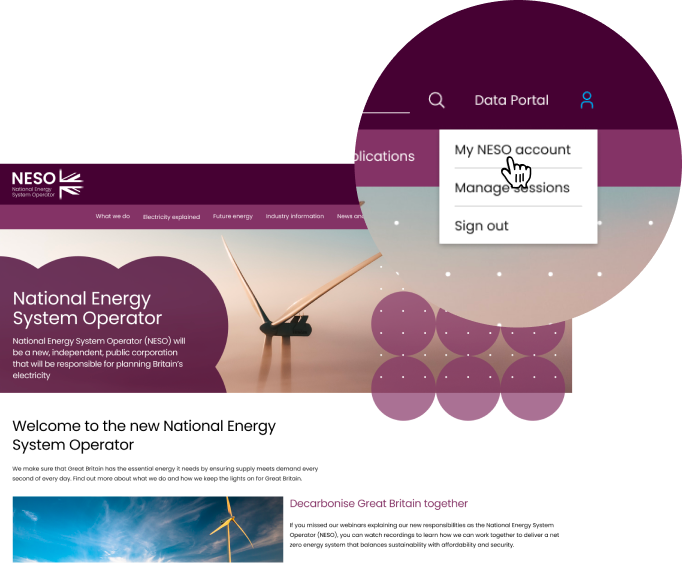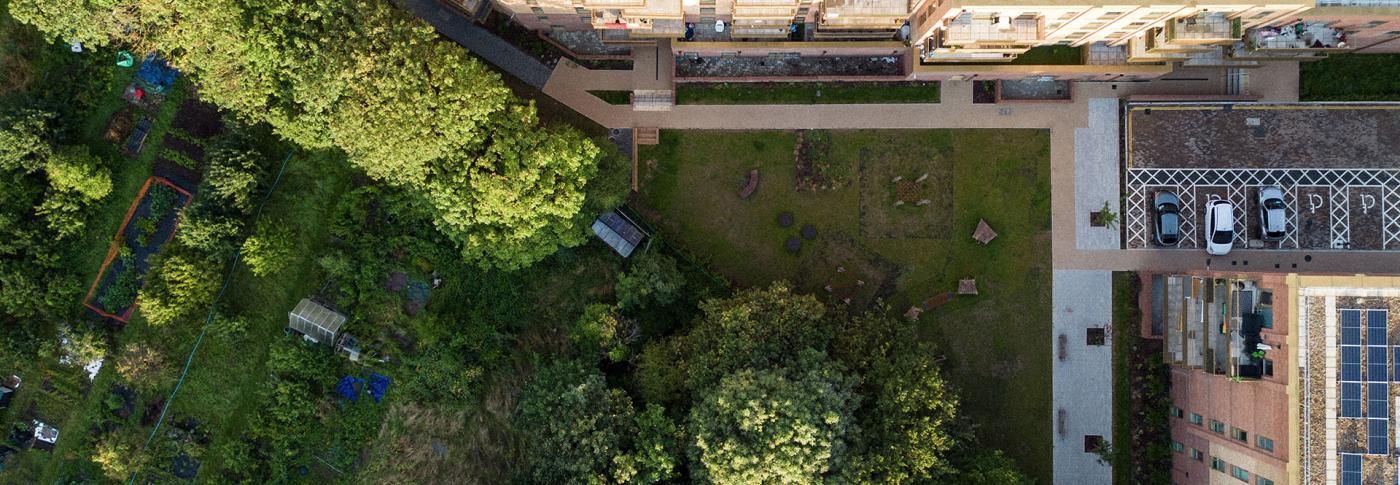
Gas explained
Gas has been a part of Great Britain’s energy mix since the Victorian Era. At NESO, we have been supporting the UK Gas system for many years through our supply and demand forecasts. We are building our expertise in gas as we strategically plan the gas system of the future.
You may well use gas in your home today: it’s what 23 million UK homes burn in boilers to heat the radiators and water in our homes.
So, if you’re finding yourself asking what gas really is, where it is used, and what its role could be in Great Britain’s cleaner and fairer energy system, you’ve come to the right place: Gas Explained.
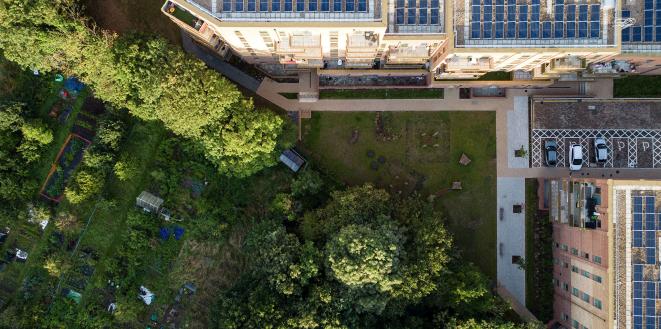
What is Gas?
Have you ever looked at a gas boiler in someone’s home and wondered what is actually going on inside? Whenever you turn on your radiators or hot water, your boiler is burning gas to release energy as heat.
In Great Britain, the gas we burn in boilers is mainly methane, which contains a lot of energy, but when burned releases carbon emissions and a small amount of air pollution.
Gas has been a crucial part of keeping our homes warm and our businesses running for decades, ensuring Great Britain’s economy gets the energy it needs. That includes generating a lot of the electricity we all use from gas. But the carbon emissions produced by burning gas mean that Government is thinking carefully about the role of gas in the future energy system.
The gas system is one of Great Britain’s largest infrastructure assets and the existing system provides employment and supports local economies. Whilst the transition to clean energy will mean we have to use fewer fossil fuels, gas is expected to remain as an important part of our energy landscape in the future. Emerging innovations like carbon capture and storage and changing our sources of gas will become an important part of reducing emissions associated with continued use of gas.

Where does gas come from?
What do you know about fossil fuels? Fossil fuels are coal, oil and natural gas, which are all produced through the decomposition of plants and animals over millions of years, when exposed to heat and pressure underground.
When we talk about gas in Great Britain, we usually mean natural gas, because most of the gas we use comes from fossil fuel sources.
Historically the gas was different: it was made from coal and contained less methane and some hydrogen, alongside some poisonous gasses. But Great Britain switched to the cleaner, energy-rich natural gas in the 1960s and 1970s.
But natural gas isn’t the only source of gas, and increasingly Great Britain is considering other sources of methane that help us get to net zero. This could be natural sources, like biogas made from food waste and deliberately decomposing rubbish, or synthetic gas, made in a refinery from hydrogen and carbon emissions that are extracted from the air.
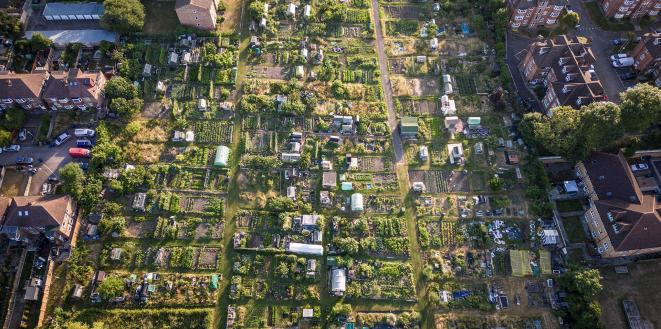
How does gas move around?
Great Britain’s gas system is one of the oldest and most complex in the world, evolving over decades to suit the needs of different regions and users. It’s built around a network of pipes of many different sizes, based on how far the gas is being moved and what users of gas are at the end of it.
These could be large transmission pipelines that move gas all around the country and supply gas power stations and large industrial users, or small distribution networks of pipes that supply local businesses and households. The majority of these are connected together into one big system covering Britain.
Some of the gas we use in our system comes from Britain’s North Sea and it is brought into the country by pipeline. But most of the gas in this network of pipes is imported, either coming by ship from around the world, or through pipelines connected to our European neighbours.
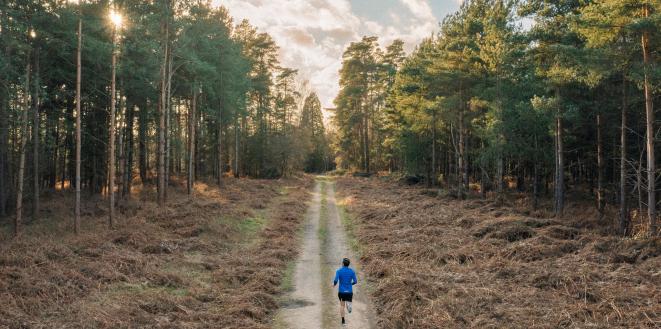
What do we use it for?
Natural gas has been used in Great Britain for a long time, initially as a replacement to coal.
Gas is used in the vast majority – 87% – of UK homes for heating and hot water: around 22 million homes use it every day. But it’s not just for providing heat and hot water to our homes. Many businesses rely on a reliable supply of gas all year round for heat and to drive industrial processes that create jobs and deliver value to Great Britain’s economy.
When it’s not being used, gas can be stored (for example, in large salt caverns deep underground) before it is transported to where it is needed. Storing gas to make sure everyone has heat and power through winter is a crucial part of the gas system.
Because of its availability, gas also enables a reliable supply of electricity across Great Britain through its use in gas power stations to generate electricity. As NESO, our electricity control room enables these gas power stations to meet electricity demand across the country by turning on power stations when wind farms generate less than expected during periods of lower wind.
